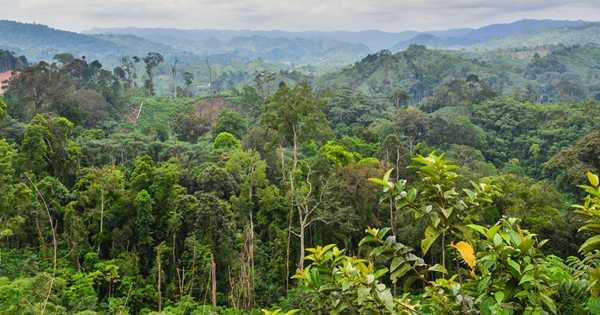Working on existing buildings to improve their environmental performance using sustainable methods and materials is referred to as sustainable renovation. It refers to the process of renovating or upgrading existing buildings in a way that is environmentally friendly and resource-efficient. The purpose of sustainable refurbishment is to increase building performance, comfort, and energy efficiency while reducing environmental impact.
A refurbishment or retrofit is defined as “any work to a building that goes above and beyond maintenance to change its capacity, function, or performance,” or “any intervention to adjust, reuse, or upgrade a building to suit new conditions or requirements.” Refurbishment can be done on a single structure, an entire building, or an entire campus. This technique is growing more relevant as building development and operation contribute significantly to energy consumption, greenhouse gas emissions, and resource depletion.
Here are some key principles and aspects of sustainable refurbishment:
- Energy Efficiency: One of the key goals of sustainable refurbishment is to lower the energy consumption of a structure. Improving insulation, replacing windows and doors, installing energy-efficient heating, ventilation, and air conditioning (HVAC) systems, and adopting energy-efficient lighting and appliances can all contribute to this. The goal is to reduce energy costs and the building’s carbon footprint.
- Resource Conservation: It strives to reduce the usage of new materials and resources. Instead, if practical, it prioritizes the reuse and recycling of existing building components and materials. Salvaging and repurposing materials can help to lessen the need for new resources while also reducing building waste.
- Indoor Air Quality: Sustainable refurbishment focuses on creating healthier indoor environments for occupants. This includes improving ventilation, using low-VOC (volatile organic compound) paints and finishes, and choosing materials that do not emit harmful pollutants.
- Water Efficiency: Sustainable refurbishment can incorporate water-saving measures such as installing low-flow plumbing fixtures, rainwater harvesting systems, and using drought-tolerant landscaping.
- Adaptability and Longevity: A sustainable refurbishment project should consider the long-term use and adaptability of the building. This involves designing spaces that can accommodate changing needs over time, reducing the need for future renovations.
Cost-effectiveness
The long-term economic viability of sustainable refurbishment projects should be considered, taking into account aspects such as energy savings, decreased maintenance costs, and potential incentives or rebates. It is a critical component of the larger sustainable construction and building business. It contributes to a more sustainable and resilient built environment by extending the lifespan of existing structures and lowering the environmental impact of new development.
Sustainable refurbishment goes a step further by modifying the current building to perform better in terms of its environmental effect and the environment of its residents. It is the equivalent of sustainable development, which is concerned with new developments in cities, buildings, and industries, among other things. Insulation and related measures to reduce building energy consumption, installation of renewable energy sources such as solar water heating and photovoltaics, measures to reduce water consumption, and changes to reduce overheating, improve ventilation, and improve internal comfort are all part of sustainable refurbishment.
















